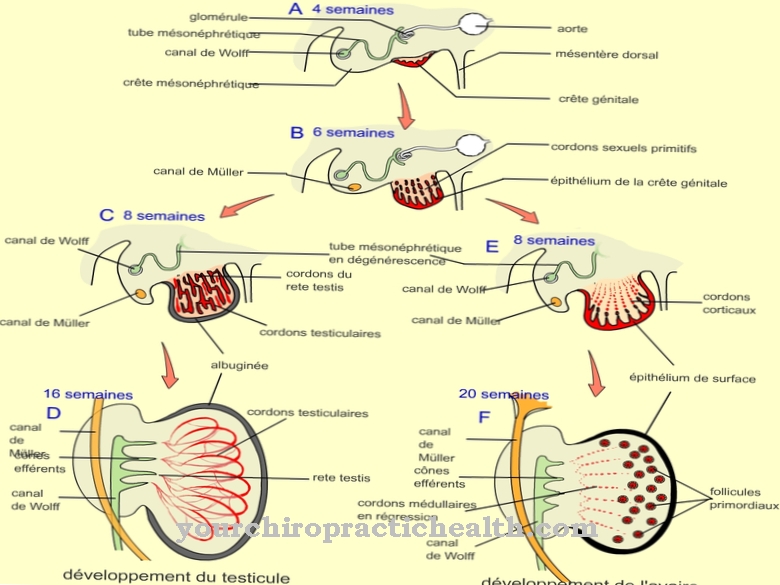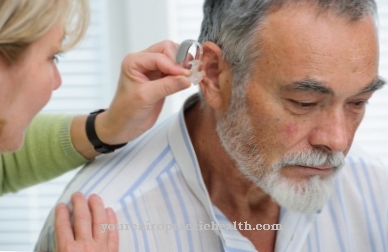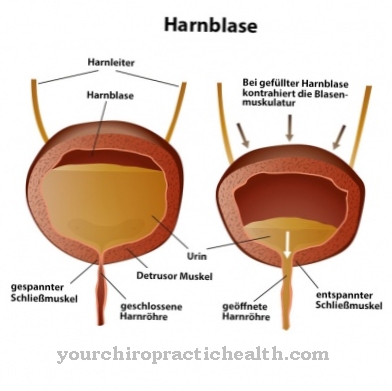At the Limb Mammary Syndrome is a disease that belongs to the category of ectodermal dysplasia. The limb mammary syndrome is already present in the sick person at birth. The disease is known by the abbreviation LMS and occurs comparatively rarely. Typical of the limb-mammary syndrome are pronounced anatomical deformities of the feet and hands in connection with aplasia or hypoplasia of the nipples and mammary glands.
What is Limb Mammary Syndrome?

© sabelskaya - stock.adobe.com
The doctor van Bokhoven described this Limb Mammary Syndrome in 1999 for the first time scientifically. Limb-mammary syndrome is extremely rare and is one of the ectodermal dysplasias. Currently, no more than 50 cases of Limb Mammary Syndrome are known in medical research.
Limb-mammary syndrome is characterized by a deformity of the feet and hands. In addition, the patients have hypoplasia or aplasia of the nipples and breasts. However, the limb-mammary syndrome manifests itself in a highly variable manner in individual cases. People with a mild form of Limb-Mammary Syndrome, for example, only show isolated athelia.
Basically, all possible defects of the extremities occur in the context of the limb-mammary syndrome, namely duplications, deficiencies and fusion defects. The malformations occur in people with limb mammary syndrome in different ways. In addition, the left and right sides of the body or the respective hands and feet are affected to different degrees by the typical malformations.
In limb-mammary syndrome, nail dysplasia, atresia of the lacrimal ducts, hypodontia, hypohidrosis and cleft palate also occur less frequently than the characteristic defects of the limbs. Basically, limb mammary syndrome is not associated with any abnormalities in the hair or skin.
causes
Limb Mammary Syndrome has a prevalence of less than 1 in 1,000,000 in the population. The causes of Limb Mammary Syndrome can be found in genetic mutations. In addition, limb-mammary syndrome is inherited as an autosomal dominant trait. The syndrome is triggered by a gene mutation on a gene called TP63.
The corresponding gene locus is responsible for coding a transcription factor. Genetic mutations on the same gene are sometimes associated with other diseases, such as Hay-Wells syndrome, EEC syndrome and ADULT syndrome.
Symptoms, ailments & signs
Basically, the symptoms and anomalies of the Limb-Mammary-Syndrome may differ considerably in individual cases. A wide spectrum from mild symptoms to severe anatomical defects is possible. Limb-mammary syndrome usually shows up in infants or patients in early childhood.
It is also typical that people suffering from limb mammary syndrome do not have any nipples. Sometimes nipples are present, but severely underdeveloped. In addition, limb mammary syndrome is typically associated with deformities of the limbs, especially the hands and feet. For example, certain sections are missing or the patients suffer from split hands and feet.
In contrast to numerous other diseases from the group of ectodermal dysplasias, the skin and hair are not affected by the disease. In rare cases, people suffer from limb mammary syndrome from hypohidrosis, atresia of the lacrimal ducts and a cleft palate.
Diagnosis & course of disease
The diagnosis of Limb Mammary Syndrome is best made in a specialized medical center. Because the disease is rather little known due to its rarity. As a rule, the first indications of limb-mammary syndrome can be found in small children or even newborns, so that the diagnosis of the disease is often made in childhood.
The patient and his parents provide information about the complaints in the patient interview. Due to the genetic causes of Limb Mammary Syndrome, a thorough family history is particularly relevant for making a diagnosis. The clinical examination takes place on the one hand by visual examination and on the other hand by means of genetic tests.
This enables a relatively reliable diagnosis of Limb-Mammary Syndrome. In addition, the doctor carries out a differential diagnosis, whereby he mainly excludes the ulna-mamma syndrome and the ADULT syndrome.
Complications
Limb mammary syndrome causes patients to suffer from considerable restrictions in their everyday lives and in their lives. This leads to various anomalies and malformations, which can usually appear all over the body and significantly reduce the quality of life of those affected. The symptoms appear at a very young age and can lead to development disorders, especially in children.
It is not uncommon for patients to then rely on the help of other people in their everyday life and can no longer do certain things on their own. Relatives and parents also often suffer from psychological complaints or depression due to the circumstances. Movement restrictions can also occur. The malformations on the hands lead to various restrictions in everyday life and at work.
As a rule, however, the patient's intelligence is not impaired by the limb-mammary syndrome. A causal treatment of Limb Mammary Syndrome is unfortunately not possible. The symptoms can, however, be alleviated with the help of various therapies and surgical interventions. Physiotherapy measures are also necessary. The treatment itself does not usually lead to particular complications. The life expectancy of the patient is usually not restricted by the disease.
When should you go to the doctor?
Malformations and other signs of illness must be clarified early in any case. Parents who notice, for example, the lack of finger joints in their child should inform the pediatrician. Changes to the nipple as well as cleft palate and hypohidrosis indicate a serious condition such as limb-mammary syndrome. Medical advice is needed if the symptoms do not go away on their own or if they are so severe that the person's quality of life is impaired.
Difficulty walking or having problems grasping objects are typical warning signs that require medical diagnosis and treatment. It is best if the parents meet with the pediatrician in the same week. This can diagnose the disease and prepare therapy. In addition to the family doctor, an orthopedic surgeon, dermatologist or ophthalmologist can be called in, depending on the symptoms and symptoms. The illness can cause psychological problems in the sick person and their parents, who are mostly exposed to constant stress, which have to be dealt with as part of therapy.
Treatment & Therapy
Limb Mammary Syndrome is a genetic disease, so that a causal therapy is fundamentally excluded according to the current state of medical knowledge. However, research is working to develop methods of treating congenital diseases such as limb-mammary syndrome.
At the moment it is only possible to treat the symptoms and defects of the limb-mammary syndrome symptomatically. The therapeutic measures used in individual cases are based on the individual symptoms and malformations. Corrections by means of surgical interventions are often used to alleviate the deformities in the hands and feet.
In this way, patients are able to use their hands and feet more or less normally. At the same time, such surgical interventions change the visual appearance of the affected person for the better, so that the psychological suffering caused by the deformities is also reduced.
In principle, the prognosis for people with limb mammary syndrome is relatively favorable. According to previous knowledge, limb mammary syndrome has no influence on life expectancy, so that people reach an average age. An early correction of the malformations of the Limb-Mammary-Syndrome makes sense.
You can find your medication here
➔ Medicines against redness and eczemaOutlook & forecast
The prognosis for Limb Mammary Syndrome is considered unfavorable. The cause of the disorder is a genetic disposition. For legal reasons, scientists and researchers must not change human genetics. For this reason, efforts are made by the attending physician to alleviate the symptoms that occur. A causal therapy is not possible due to the legal situation. In addition, the prognosis depends on the severity of the symptoms. Despite the gene mutation, these are individual and different in intensity for each patient.
The optical abnormalities are corrected by surgical interventions. The aim is to improve the quality of life, although no cure is possible. The impairment of the limbs must be assessed individually and, in addition to corrective surgery, can also be supported by physiotherapeutic measures. In these cases, the person affected can do something to improve their health if they use the exercises and advice from the therapy in their everyday life. Due to the complaints and the visual flaw, the patient often experiences emotional stress.
With an unfavorable course of the disease, psychological disorders develop. These have a negative effect on the overall condition of the person affected and must be taken into account when making a diagnosis, because they are often protracted.
prevention
Limb Mammary Syndrome as a congenital and genetic disease has so far eluded the preventive influence of medicine. Various research studies deal with the development of possibilities for the prevention of hereditary diseases such as the limb-mammary syndrome. In principle, numerous malformations of the Limb-Mammary Syndrome can be corrected in childhood, so that the patients lead an almost normal life.
Aftercare
Most people affected by Limb Mammary Syndrome suffer from various complications or complaints, all of which generally have a very negative impact on the patient's quality of life and significantly reduce it. If the various malformations or deformities in the hands or feet of the patient could not be corrected in childhood, follow-up care focuses on coping well with the disease. The impaired aesthetics of the person concerned can cause depression or other psychological upsets, which can be avoided with the help of appropriate sensitization of the social environment. Sufferers should try to accept themselves and appear self-confident towards others. In this respect, there is no real aftercare treatment, but rather an effort to strive for a good mindset. The limb-mammary syndrome cannot be completely cured, so that a general course of the disease cannot usually be given.
You can do that yourself
Limb Mammary Syndrome cannot be treated by means of self-help.It is a hereditary disease, which for this reason can only be treated symptomatically.
However, despite the Limb Mammary Syndrome, there is no reduction in life expectancy and no particular restrictions in everyday life for the person affected if the malformations are corrected. Early diagnosis and treatment always have a positive effect on the further course of the disease. The individual malformations are corrected and removed in various surgical interventions. The earlier the corrections are made, the higher the chances of an ordinary life without restrictions.
If the parents or those affected still want to have children, genetic counseling is advisable before investigating. This may prevent the syndrome from occurring in future generations. Since the syndrome also leads to psychological complaints in many cases, discussions with people you trust, your own family or a therapist are very helpful. Children should always be informed about possible complications and successes of treatment.

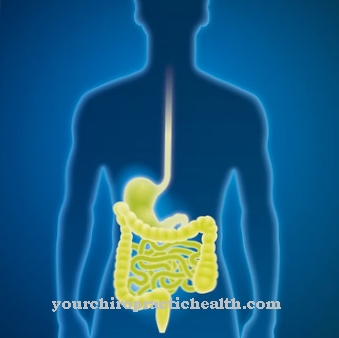

.jpg)
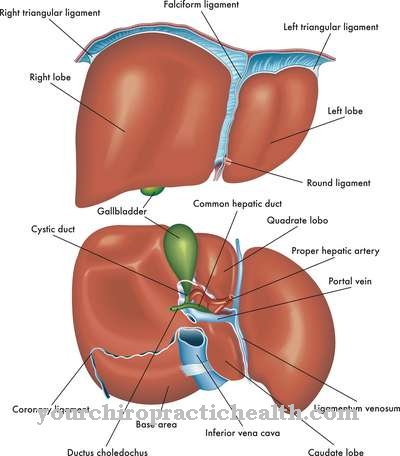
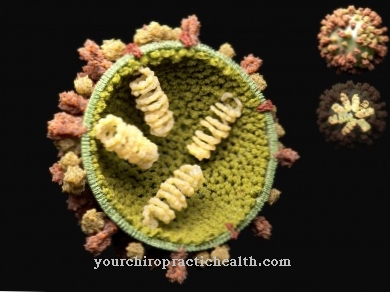



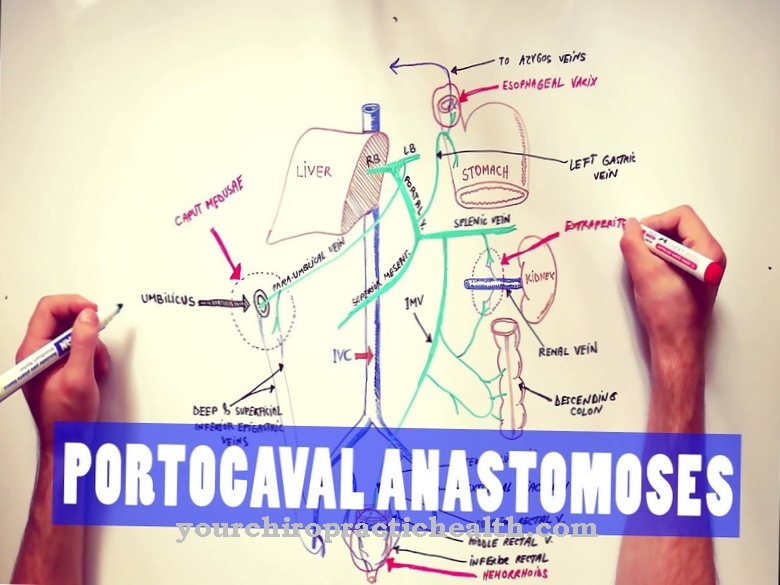

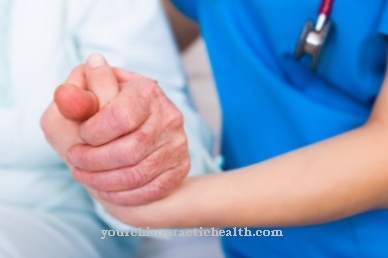
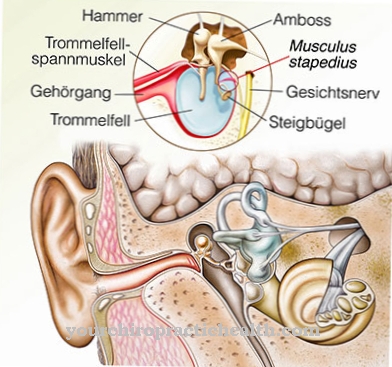


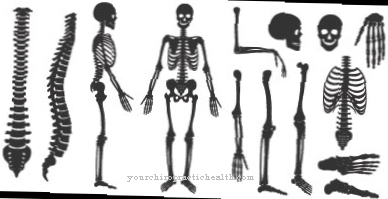
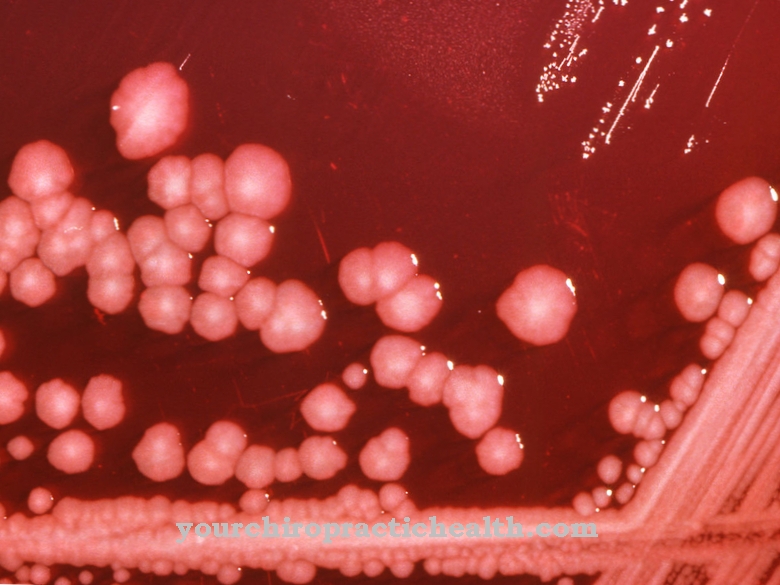
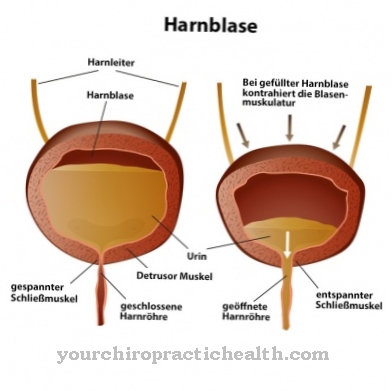

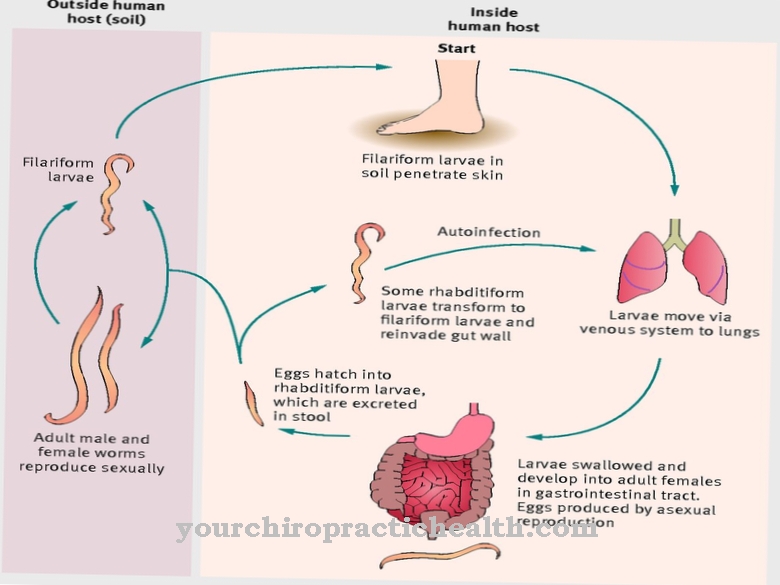

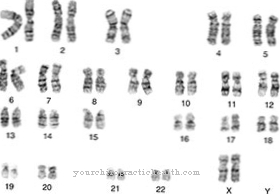
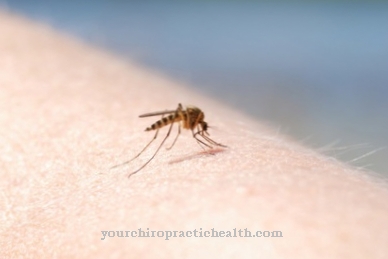
.jpg)
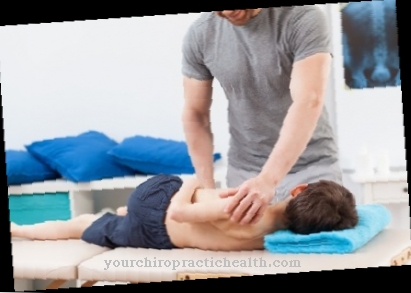
.jpg)
